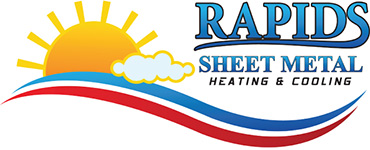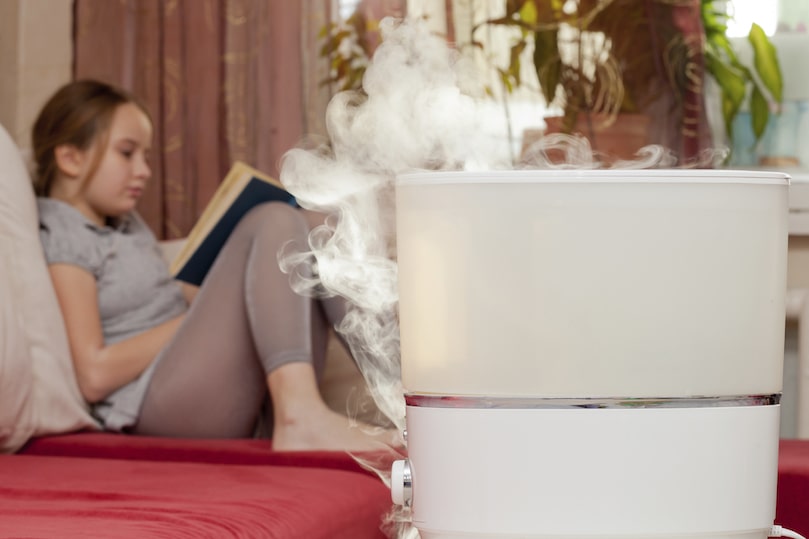Blog
Serving Wisconsin Rapids and These Areas
About Rapids Sheet Metal Works Inc
At Rapids Sheet Metal Works Inc, your home comfort is our highest interest. That’s why we supply reliable HVAC systems and outstanding work in Wisconsin Rapids. Our technicians are skilled in a complete variety of services, so you can feel confident in your results. They’ll give the support you are seeking, whether it’s adding a new HVAC system or working on and inspecting your existing equipment. We’re here to assist with all of your needs, so ring us at 715-564-8958 or contact us online to get an appointment right away.
Rapids Sheet Metal Works Inc
631 17th St N
Wisconsin Rapids, WI 54494-3712
Phone: 715-564-8958
Email: [email protected]
© 2025 Rapids Sheet Metal Works Inc | All rights reserved










